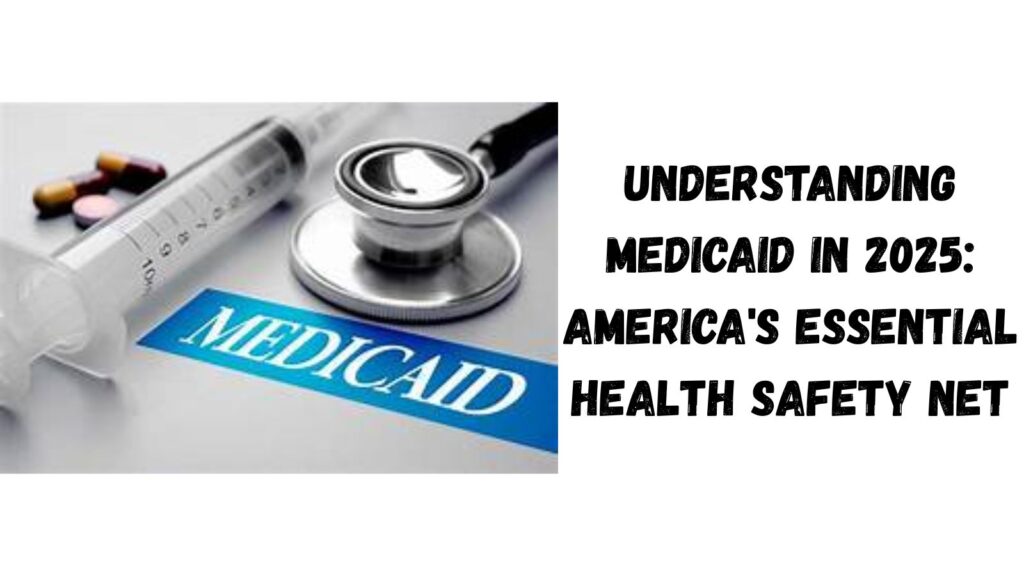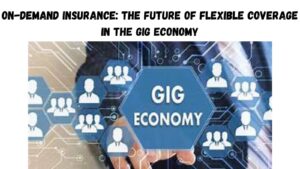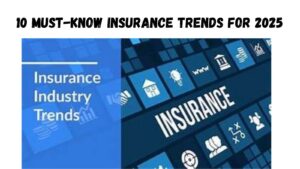Medicaid started in 1965. It is a joint program by federal and state governments. It provides health coverage to millions of Americans. This includes many people with low incomes, disabilities, or specific health needs. As of October 2024, about 79.3 million people were enrolled in Medicaid and CHIP in the U.S.

The Medicaid Landscape: Enrollment and Demographics
Contents
Medicaid enrollment varies across the U.S. Some states have higher rates than others. As of March 2023, California had over 11.5 million enrollees. In comparison, Alabama had about 860,818, and Alaska had around 236,720 enrollees.
Enrollment Trends:
- Pre-Pandemic vs. Post-Pandemic: From February 2020 to June 2022, Medicaid enrollment increased by 25.6%. It reached a total of 89.4 million enrollees. This surge is attributed to the continuous enrollment provisions during the COVID-19 pandemic. With the end of these provisions in March 2023, enrollment dropped by 16% to 79.3 million. Still, this figure is 11% above pre-pandemic levels.
State-Specific Branding: The Confusion Factor
A significant challenge in Medicaid awareness arises from state-specific branding. Many states have adopted consumer-friendly names for their Medicaid programs, such as:
- Oklahoma: SoonerCare
- Washington: Apple Health
- California: Medi-Cal
- Tennessee: TennCare
This rebranding often leaves out the word “Medicaid.” As a result, beneficiaries might not know they are enrolled in a government-funded program. For example, people with “Medi-Cal” in California might not know it’s part of Medicaid.
Private Insurance Companies and Medicaid: Blurring the Lines
Private insurance companies managing Medicaid services makes it harder for beneficiaries to understand. Companies like UnitedHealth and Blue Cross Blue Shield handle Medicaid plans. As a result, enrollees get insurance cards with commercial branding. This setup can make people think they have private insurance. They may not realize their coverage is actually funded by Medicaid.
Real-Life Example:
Dr. Adam Brown, an emergency doctor in Washington, D.C., noticed that many patients showed insurance cards with commercial logos. However, they often didn’t know their coverage came from Medicaid. Not knowing this can confuse patients about their benefits. It can also affect how they see policy changes in their healthcare.
The Importance of Recognizing Medicaid Coverage
Knowing your Medicaid coverage is important. This is true, especially now when policies could change funding and services. On April 10, 2025, House Republicans passed a budget resolution. This plan suggests big spending cuts over the next ten years. These cuts could affect Medicaid funding.
If beneficiaries don’t understand Medicaid’s role, they might struggle to advocate for vital healthcare services.
Fun Fact: The Origins of Medicaid’s Name
The name “Medicaid” is a blend of “medical” and “aid,” reflecting its purpose to provide medical assistance to those in need. Over the years, the core mission stayed the same. But the program’s branding changed to fit state identities and preferences.
Conclusion
Medicaid is a crucial support system for millions of Americans. It provides essential health coverage to those in need. The different names for programs and the role of private insurers have made it hard for many beneficiaries to know if they are enrolled in Medicaid. As policy talks change, it’s important for people to know their coverage. This helps them get the right care and support the program’s importance.
Anand Rathi Insurance Brokers appoints Sumit Dutt as CEO
FAQs
1. What is Medicaid, and who is eligible?
Medicaid is a program run by both the federal and state governments. It helps people with low income, disabilities, and specific health needs get health coverage. Eligibility criteria differ by state. They usually include income limits, disability status, and other factors.
2. How does Medicaid differ from Medicare?
Medicaid provides health coverage based on income and needs. Medicare mainly helps those 65 and older, no matter their income.
3. Why do some Medicaid programs have different names?
States often give Medicaid new names. This helps connect with local people and makes the program easier to understand.
4. How can I find out if I’m enrolled in Medicaid?
Look for Medicaid branding on your insurance card. You can also call your state’s Medicaid office to confirm.
5. How might proposed budget cuts affect Medicaid services?
Funding cuts might result in fewer services, limits on eligibility, or lower payments to providers. This could affect the quality and availability of care.


